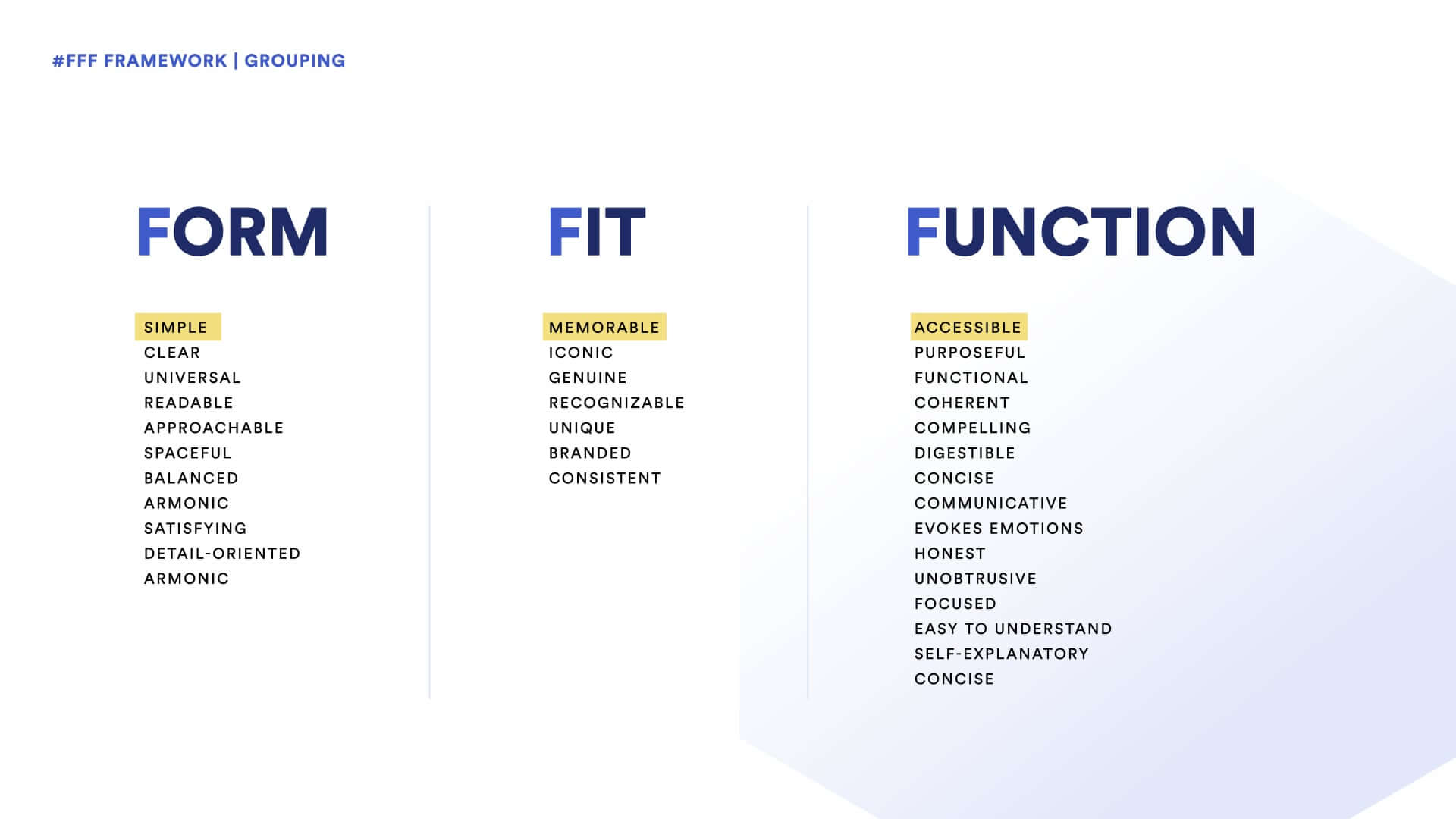Creating a Design framework from scratch
Let's face it – a quality assessment framework is only as thrilling and effective as the trust and engagement it sparks within the team. Crafting our very own design quality assessment framework, instead of just plucking one off the shelf, allowed us to add a dash of excitement and a sprinkle of ownership to the process. By inviting our creative minds to be part of the crafting process, we made sure their valuable insights, imaginative experiences, and design wizardry contributed to the framework's formation.
Customizing the system to our unique needs was key, not only to the objectives of having a system that actually provides value, but also to foster a lively culture of trust and never-ending improvement.



